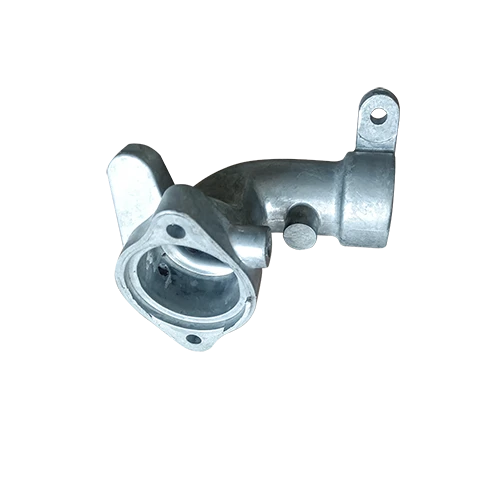Mobile:+86-311-808-126-83
Email:info@ydcastings.com
submersible water pump impeller
Understanding the Submersible Water Pump Impeller A Vital Component
Submersible water pumps are essential devices used for various applications, ranging from residential water supply systems to industrial pumping solutions. Among the key components that ensure their effective operation is the impeller. This article delves into the function, design, and significance of the impeller in submersible water pumps.
What is a Submersible Water Pump?
A submersible water pump is designed to operate while submerged in fluid. It consists of a sealed motor and an impeller, which work together to draw water and push it to the surface. These pumps are often used in situations where water needs to be moved from deep wells, flooded areas, or even underground garages.
The Role of the Impeller
The impeller is a rotating component that plays a crucial role in converting the rotational energy from the motor into kinetic energy in the fluid. As the impeller spins, it accelerates the water outward due to centrifugal force, creating a low-pressure area at the center that draws more water in. This action increases the velocity of the fluid, allowing it to flow efficiently through the pump and into discharge piping.
Design of Impellers
The design of an impeller can significantly affect the performance of a submersible water pump
. Impellers come in various shapes and sizes, with two main types being the open impeller and the closed impeller.1. Open Impeller This type lacks shrouds or covers on its sides. Its design allows for larger solids to pass through, making it ideal for applications where debris-laden fluids are involved. However, open impellers can be less efficient in terms of hydraulic performance compared to closed impellers.
submersible water pump impeller

2. Closed Impeller This type is enclosed on both sides, providing better hydraulic efficiency and higher pressure capabilities. Closed impellers are better suited for cleaner liquids and are commonly used in applications requiring a higher head and flow rate.
Material selection for impellers is also critical. Common materials include stainless steel, cast iron, and thermoplastics. Stainless steel is often favored for its durability and resistance to corrosion, especially when dealing with clean water or chemical fluids. In contrast, cast iron provides a robust solution for handling abrasive materials.
Importance of Impeller Performance
The performance of the impeller directly impacts the overall efficiency of the submersible pump. A well-designed impeller can enhance the pump's ability to move water quickly and effectively, which is crucial in applications such as dewatering, irrigation, and groundwater extraction. Moreover, proper impeller sizing is vital; an undersized impeller may lead to insufficient flow rates, while an oversized one can cause excessive wear and tear, leading to premature failure.
Maintenance Considerations
To ensure optimal performance, regular maintenance of the impeller and the entire submersible pump system is essential. This may include inspecting for wear and tear, ensuring proper lubrication, and cleaning any debris that may have accumulated within the pump. Neglecting maintenance can lead to decreased efficiency, increased energy consumption, and eventually, pump failure.
Conclusion
The impeller is a fundamental element of submersible water pumps, influencing their functionality and efficiency. Whether in agricultural applications, residential water supply, or industrial settings, understanding the role and care of the impeller can lead to better performance and longevity of the water pump system. As technology advances, ongoing innovations in impeller design and materials promise to enhance the efficiency and reliability of submersible water pumps even further, ensuring they meet the demands of diverse and ever-evolving applications.
In summary, the submersible water pump impeller is not merely a component but an integral aspect that determines the pump’s capability to perform effectively in a variety of environments. Whether dealing with clear water or more challenging environments, the design, material, and maintenance of the impeller should not be overlooked.
-
Why Should You Invest in Superior Pump Castings for Your Equipment?NewsJun.09,2025
-
Unlock Performance Potential with Stainless Impellers and Aluminum End CapsNewsJun.09,2025
-
Revolutionize Your Machinery with Superior Cast Iron and Aluminum ComponentsNewsJun.09,2025
-
Revolutionize Fluid Dynamics with Premium Pump ComponentsNewsJun.09,2025
-
Optimizing Industrial Systems with Essential Valve ComponentsNewsJun.09,2025
-
Elevate Grid Efficiency with High-Precision Power CastingsNewsJun.09,2025











